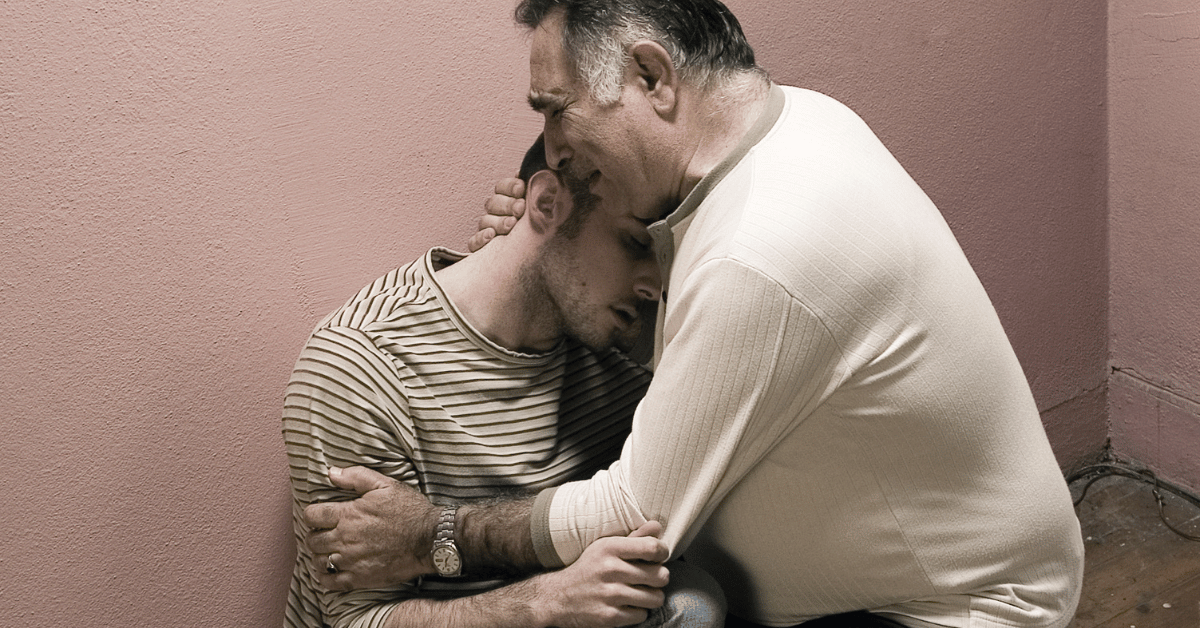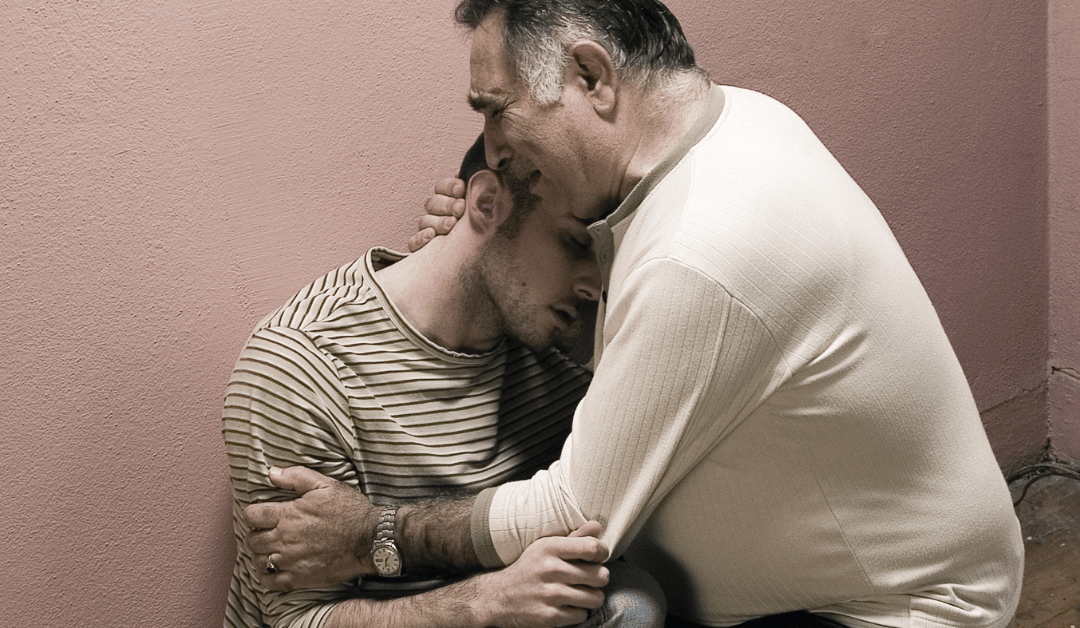Do you ever feel like your loved one’s substance use is making you crazy? Or do you react to the use in ways that don’t feel good to you or that you’re not proud of?
If you answered yes to any of those questions, then this episode is for you. This leads me to reason number 9 of why I do what I do.
I do what I do because addiction creates dysfunctional relationship dynamics in the whole family such that family members begin displaying similar symptoms as the substance user. In other words, in a way, families “get sick,” too.
And it’s so easy not to realize this because the behavior driven by addiction is far more obvious. But you may be surprised to learn that families actually display similar symptoms as addiction.
To demonstrate this, in this episode of Hope for Families TV, I’m going to present the 6 symptoms of a substance use disorder and show the ways in which family members often mimic them in unsuspecting ways. I think you will find this to be rather revealing.
So let’s get started:
Addiction Symptom Number One is Obsession: The addicted person is obsessed with the substance. If they’re not actively using or consuming it, they’re thinking about using or consuming it. This obsession goes hand in hand with the excruciating craving for the substance the person experiences.
So what does obsession look like in families?
With Obsession in Families: The family member becomes obsessed with the addicted person – experiences excruciating persistent thoughts and fears around the addicted family member and their behavior
Addiction Symptom Number Two is Increased Tolerance: The addicted person requires more and more of the substance over time to achieve the same effect, and after a while, they will never be able to achieve the initial experience they first had with the substance
So what does increased tolerance look like in families?
With Increased Tolerance in Families: The family member develops an increased tolerance for the addicted family member’s unacceptable and shocking behavior. They tolerate behavior from their loved one abusing substances that they would never even remotely tolerate from someone else.
Addiction Symptom Number Three is Loss of Control: The addicted person loses the ability to control their use of the substance. Once they start, they can’t stop
So what does loss of control look like in families?
With Loss of Control in Families: The family member loses the ability to maintain other important aspects of their lives– they too become increasingly isolated as other meaningful activities and relationships fall by the wayside and everything revolves around the addicted family member
Addiction Symptom Number Four is Persistence: The addicted person persists in use of the substance, despite negative consequences.
So what does persistence look like in families?
With Persistence in Families: The family members persist in their efforts to control or change the addicted family member’s use, despite overwhelming evidence that control doesn’t work, increasing despair.
If you’ve been following my work, you know that I talk about how families have influence. But they do not have outright control. Influence is a kind of soft power, but it’s not control, which is trying to force solutions.
Addiction Symptom Number Five is Loss of Pleasure in Normally Pleasurable Things: Because of the progressive reduction of dopamine receptors in the brain, the addicted person cannot find pleasure in normally pleasurable things. They become increasingly isolated, thus increasing their despair.
What does loss of pleasure look like in families?
With Loss of Pleasure in Normally Pleasurable Things in Families: you see that as the addicted family member becomes the central focus of their lives, family members lose the ability to enjoy life in both simple and grand ways.
And finally, Addiction Symptom Number Six is Avoiding Pain: The addicted person uses the substance to numb emotional pain and mitigate the stress the consequences of their use causes.
And what does avoiding pain look like in families?
With Avoiding Pain in Families: The family members use their efforts to fix, control and berate the addicted person for the destructive behavior in order to avoid their own pain, to avoid grieving the reality of their loved one’s disease, and to avoid coping with the fear of additional tragic consequences that could arise
With all of these symptoms that family members tend to mirror to a greater or lesser degree, family members do these things that mimic the symptoms of addiction in the desperate hope they will compel the addicted person to stop. And for good reason: addiction is deadly. We are all well aware that if our loved ones continue in their use, really, really, really bad things can happen.
The truth is, family members are faced with an enormous catch 22: the reality is, without effective support and pertinent information, our typical reactions to our loved one’s use often make it easier for the addicted family member to persist in their use. But responding differently can feel terrifying.
But families do need to respond differently if they wish to have a positive influence on the use.
And sadly, there are no guarantees – as family members, our only option is to do what we can to improve the chances and support our own healing. And all of this is another reason that effective support is so important for everyone.
More importantly, the fact that families end up mimicking the symptoms of addiction is one more reason why we will never resolve the addiction crisis unless and until we make whole family healing an essential part of the solution.
So, I’d love to know, do you see yourself at all in some of the ways family members mimic the symptoms of addiction?
I invite you to share in the comments below some of the ways you might be mimicking your loved one’s symptoms of addiction. Give examples if you feel comfortable doing so. And feel free to comment respectfully on what others have shared.


0 Comments